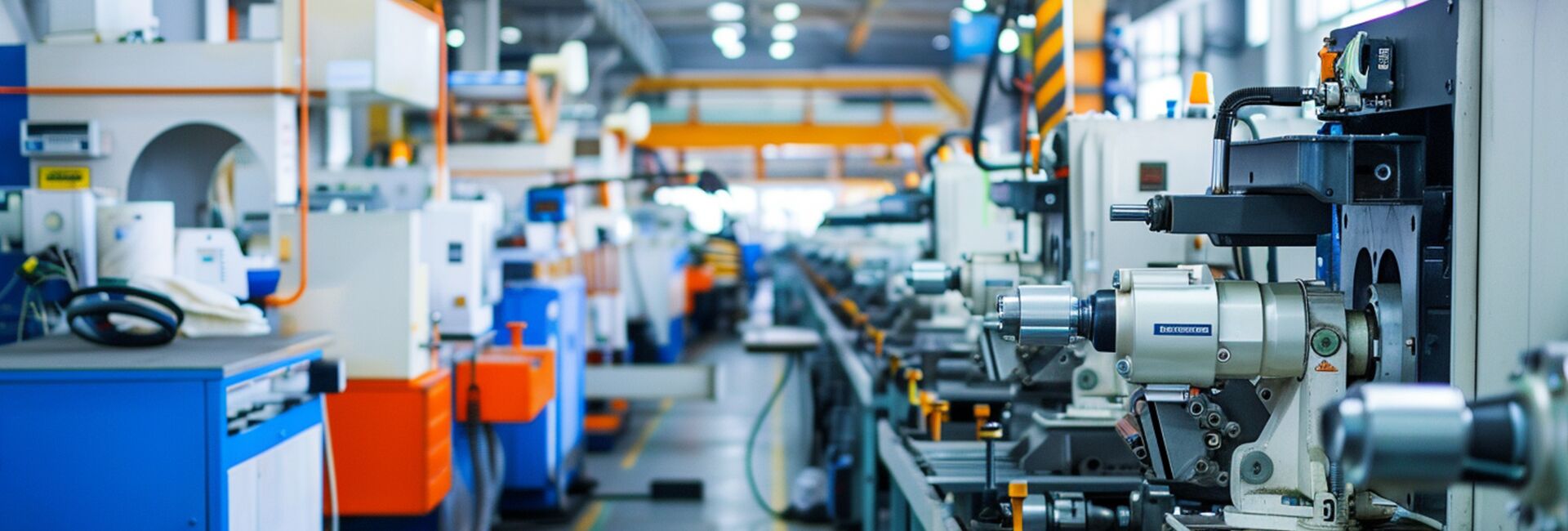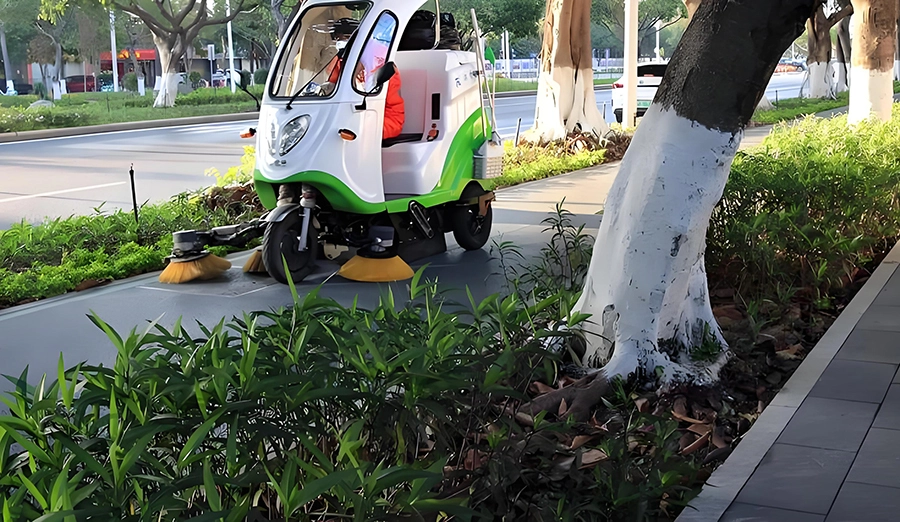
WIRELESS CHARGING IN THE NEWS
Environmental adaptability verification
The terrain and climate of the charging area need to be evaluated in advance to ensure that the electromagnetic field is not disturbed by metal guardrails or damp ground. The actual measurement of a certain coastal park shows that salt spray corrosion can reduce the charging efficiency by 15%, and an IP68 protection grade enclosure should be adopted. When the snow accumulation in winter exceeds 10cm, it is recommended to activate the snow removal module to ensure that the charging area is exposed.
2. Electromagnetic Safety Specifications
The charging power must comply with the ICNIRP public exposure limit. A certain park in Beijing has controlled the magnetic field intensity at the emission end within 6.25μT (40% of the national standard upper limit). A 1-meter isolation belt should be set up for the charging piles in the children's activity area to avoid long-term exposure risks.
3. Install positioning calibration
By adopting UWB+ visual fusion positioning, the pilot project in West Lake, Hangzhou, has improved the robot's parking accuracy to ±2cm through pre-embedded RFID tags on the ground. The charging area should be kept away from the tree projection area to prevent branches and leaves from blocking and affecting the positioning signal.
4. Energy efficiency management optimization
By integrating photovoltaic power generation with off-peak charging periods, the Shanghai Century Park system has maintained the battery SOC within the 30-80% range, extending the battery's cycle life by three times. Foreign object detection function needs to be configured to promptly interrupt ineffective discharges caused by metal objects such as keys and coins.
5. Operation and maintenance monitoring system
A monthly electromagnetic radiation detection system has been established. Shenzhen Talent Park is equipped with a real-time monitoring platform. When the charging efficiency drops below 85%, dust removal maintenance will be automatically triggered. It is recommended to reserve 20% of wired charging piles as emergency backups to prevent service disruptions caused by system failures.
Wireless charging technology needs to be deeply integrated with the robot task scheduling system. While enhancing the battery life, it is necessary to balance safety, efficiency and operation and maintenance costs to build a stable and reliable energy supply ecosystem.







